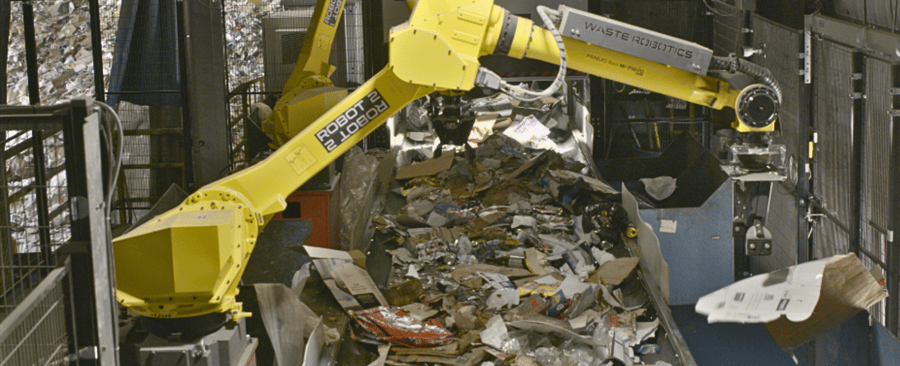The Extended Producer Responsibility (EPR) framework is revolutionizing waste management policies. By assigning manufacturers responsibility for a product's entire lifecycle, including waste management, it aims to incentivize recyclable product design and minimize landfill waste. This article explores the growing significance of EPR and the potential role of AI vision sorting robots in streamlining waste management under this framework.
The Challenge of EPR Compliance
Compliance with the EPR framework brings its own set of challenges, with efficient waste sorting being a key concern. Fortunately, recent advancements in artificial intelligence (AI) and computer vision technology have given rise to AI vision sorting robots. These robots harness machine learning algorithms to automatically identify and categorize various types of waste, including plastics, glass, and metals, thereby reducing the reliance on manual sorting.
Advantages of AI Vision Sorting Robots
The adoption of AI vision sorting robots in waste management offers several compelling advantages:
-
Environmental Impact: By minimizing landfill waste, AI vision sorting robots contribute to a cleaner and healthier environment.
-
Streamlined Sorting: They simplify the waste sorting process, saving time and resources that would otherwise be devoted to manual sorting.
-
Enhanced Accuracy: These robots improve the precision of waste sorting, reducing contamination risks and enhancing recycling efficiency.
Economic Benefits
Beyond their environmental advantages, AI vision sorting robots can alleviate the economic burden associated with waste management. Manual sorting is costly and often a major obstacle to EPR compliance. AI vision sorting robots automate sorting, thereby reducing waste management expenses and optimizing recycling efficiency.
Conclusion
In summary, the Extended Producer Responsibility (EPR) framework is a pivotal tool in waste management policies, and AI vision sorting robots are poised to play a significant role in achieving EPR compliance. These robots streamline waste sorting, decrease landfill waste, and enhance recycling processes. Investing in AI vision sorting robots represents a valuable long-term strategy for effective waste management. Together, the EPR framework and AI vision sorting robots offer a promising solution to the challenges of modern waste management.
Contact us today to find out how our team can help you optimize your robotized recycling sorting line! Together, we'll build a sustainable future for your business and our environment!
Subscribe to Our Newsletter

Millennium Recycling and Waste Robotics Collaborate to Achieve a 55% Increase in Recovery Rates



